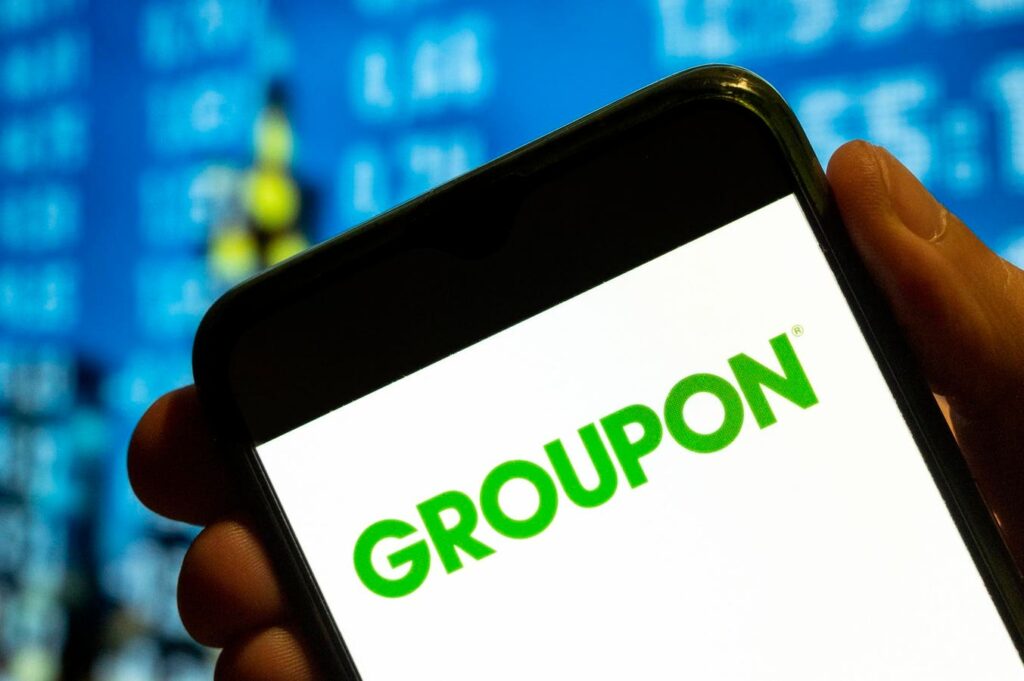The recent announcement of digital neobank Chime filing paperwork for a potential 2025 initial public offering (IPO) has generated considerable buzz, leading many to speculate if this signals the reopening of IPO floodgates. With the optimistic public debut of service software company ServiceTitan acting as a catalyst, the question echoing in the investment community is, “Who’s next?” Prominent contenders have emerged, including installment payment service Klarna and ticketing giant StubHub; whispers also surround the potential entries of financial tech leaders Stripe and Revolut. However, despite the hopeful signs, some argue that expectations of an IPO boom in 2025 could be overly ambitious.
While an initial public offering can generate significant excitement, a strong entrance does not guarantee sustained success. The past is rife with examples of companies that have drastically lost value post-IPO, underscoring that initial high valuations may not reflect long-term viability. Groupon, once a startup darling with an approximately $18 billion market capitalization, has seen its value plummet by 99% from its IPO height. Similarly, gaming firm Zynga witnessed a 70% drop in share price within just a year of going public in 2011, and its stock has lingered below its initial price point ever since. The trajectory of ServiceTitan will likely serve as a critical indicator for other firms contemplating public listings, as a significant drop in stock value could deter founders and investors from pursuing IPOs in a volatile market.
In addition to market risks, many companies still grapple with profitability challenges, which could hinder enthusiasm for public offerings. Despite soaring valuations within the technology sector, numerous firms remain far from realizing earnings. The lack of transparency typical in private firms complicates efforts to assess financial health, particularly as many companies have adopted a growth-at-all-costs mentality fueled by the venture capital boom from 2020 to 2022. Now facing a tightening venture capital landscape, founders must demonstrate stronger financial discipline and efficiency to attract investment and secure a successful IPO route. The narrative of Amazon serves as a reminder that even big players may take years to achieve profitability, highlighting the balance between aggressive growth strategies and sustainable profit.
The private market landscape’s evolution presents another challenge to the anticipation of an IPO surge. Entrepreneurs increasingly recognize that successful operation in private markets can be both lucrative and advantageous compared to public tradings. Enhanced liquidity through secondary marketplaces and employee stock ownership plan (ESOP) technologies provides alternative pathways for private firms, reducing the pressure to seek public listings. As investor expectations shift, becoming a publicly traded entity is not seen as the ultimate sign of success it once was, with many now valuing private transactions that yield better returns.
Journalism insights emphasize that the changing attitudes towards public listings are part of a broader transformation in how businesses operate. This shift towards favoring private markets has been observed over several decades and accelerated post-financial crisis, as many companies find they can achieve better valuations and reduced regulatory burdens by staying private. For management teams accustomed to navigating the private sector’s expectations, moving into a public environment can mean a significant upheaval. Successful IPOs require a shift in operational focus and human capital, often complicating the transition for founders and executives who have thrived in a more insulated business landscape.
Ultimately, while Chime’s anticipated IPO may generate excitement, it is unlikely to trigger a widespread revival of the IPO market. The unique pressures of the modern marketplace, coupled with shifting perceptions of success among company leaders, suggest that many firms are reconsidering the implications of going public. The path to a potential IPO boom in 2025 is likely to be marked by selective and strategic entries rather than an overwhelming wave of public offerings. Thus, for today’s companies, the mantra “timing isn’t everything; strategy is,” becomes critical as they navigate an increasingly complex financial landscape.

